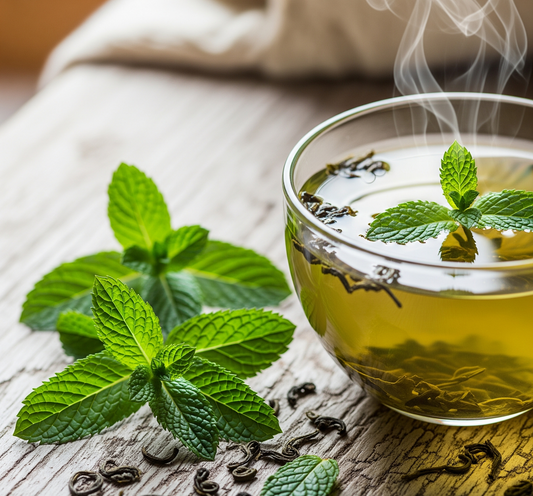Did you know that the Yacon plant, a simple herbaceous plant from the Andean highlands of South America, is not just any ordinary root vegetable? It's a superfood sensation with roots packed full of goodness! People even call it the "Peruvian Ground Apple," or give it fun names like "strawberry jicama" or "Bolivian sun root." And guess what? Yacon is not just thriving in its native land, rather it has been traveling to many foreign territories. In recent years, farmers in the mid-hill districts near the Kathmandu valley in Nepal have started harvesting Yacon plant too!
WHERE DID YACON ORIGINALLY COME FROM?

Yacon is native to South American regions, specifically in the northern and central Andes in Peru and Columbia. Yacon root is believed to be first harvested by the Incas, the indigenous peoples of South America. Yacon (Smallanthus sonchifolius) has continuously been used for centuries by the original inhabitants of Peru.
Yacon's history in South America stretches back to at least 1615, where it was proudly listed among 55 other native Andean crops. It is surprisingly related to the sunflower family that produces large and edible roots. Yacon plant’s leaves and underground roots are the most crucial parts of the plant, which traditionally served its consumers as a source of food as well as a folk medicinal herb. You can further read about the details of Yacon's history here.
“As a part of its commercialization, Yacon cultivation has spread over New Zealand in the late 1970’s, and it spread to Japan, the Czech Republic, South Korea and Brazil between 1980’s and 1990’s.”
YACON’S UNEXPECTED ARRIVAL IN NEPAL
Yacon's arrival in Nepal is mysterious, with two intriguing stories vying for explanation. It all allegedly began over 15 years ago, when a visitor from France left behind a small Yacon root in a hotel room during their stay in Pokhara, Nepal's famed tourist destination. Perhaps a forgotten souvenir or a parting gift, this little tuber became the unlikely catalyst for Yacon's journey in Nepal. The hotel staff, curious about the strange root, nurtured it in a pot before planting it in their garden. As the years passed, the Yacon plant thrived, multiplying and attracting attention. The hotel owner, aware of its potential health benefits, shared it with family and friends. However, despite their efforts to spread the word, Yacon awareness in Nepal remains relatively low.
The second story takes a more conventional route. This narrative suggests that Yacon entered Nepal over a decade ago, arriving from Japan. This timeline aligns with the rise of commercial Yacon cultivation in the country, which is estimated to have begun around five years ago. While the exact details of this introduction remain unclear, it seems Yacon found a suitable home in Nepal's fertile lands, offering farmers a new agricultural opportunity. Here, UNDP Nepal has crafted an extensive article on how the Yacon cultivation is flourishing in Eastern Nepal.
YACON: Locally named “BHUISHYAU”
Did you know Yacon, also called "Ground Apple" in Nepali, translates to "Bhuishyau"? This aptly named plant grows underground like a sweet potato, but with a surprising twist! The Yacon plant boasts two distinct root systems. Large, delicious tubers store energy for the plant, while hidden propagation roots sprout new life each year – sometimes over 10 saplings from a single plant! After harvest, leftover stems and leaves are composted, ensuring a sustainable cycle.

Yacon thrives in Nepal's mid-hill districts, where rain is plentiful, temperatures are moderate, and winter chills the air at altitudes above 1500 meters. Planting typically occurs in April or May, with harvest coming in December or January when the plant tops begin to dry. Interestingly, Yacon tubers in Nepal are primarily white. However, during processing, some transform into vibrant shades of pink, yellow, or even red, adding a delightful pop of color.
YACON’S CULINARY JOURNEY

Yacon's journey from field to table is a testament to its remarkable versatility. Originally enjoyed raw like a fruit by indigenous people, it earned the moniker "Ground Apple." Beyond its raw form, Yacon's potential quickly spread. People across the globe discovered its young stems were perfect additions to stir-fries, stews, and curries, just like any other vegetable. In Japan and Korea, a unique tradition developed – fermenting Yacon root into sweet and sour pickles. Finally, history took a delicious turn. Consumers began juicing the roots, boiling down the extracted juice to create a dark brown superfood syrup. This syrup, a healthy alternative to sugar, is what truly propelled Yacon to superfood status.
And finally, here's the best part about Yacon: it's mostly water! The other key component is a special carbohydrate called fructo-oligosaccharide (FOS). This type of sugar offers sweetness without dramatically impacting blood sugar levels. It's like indulging in a treat that actually benefits your health!




